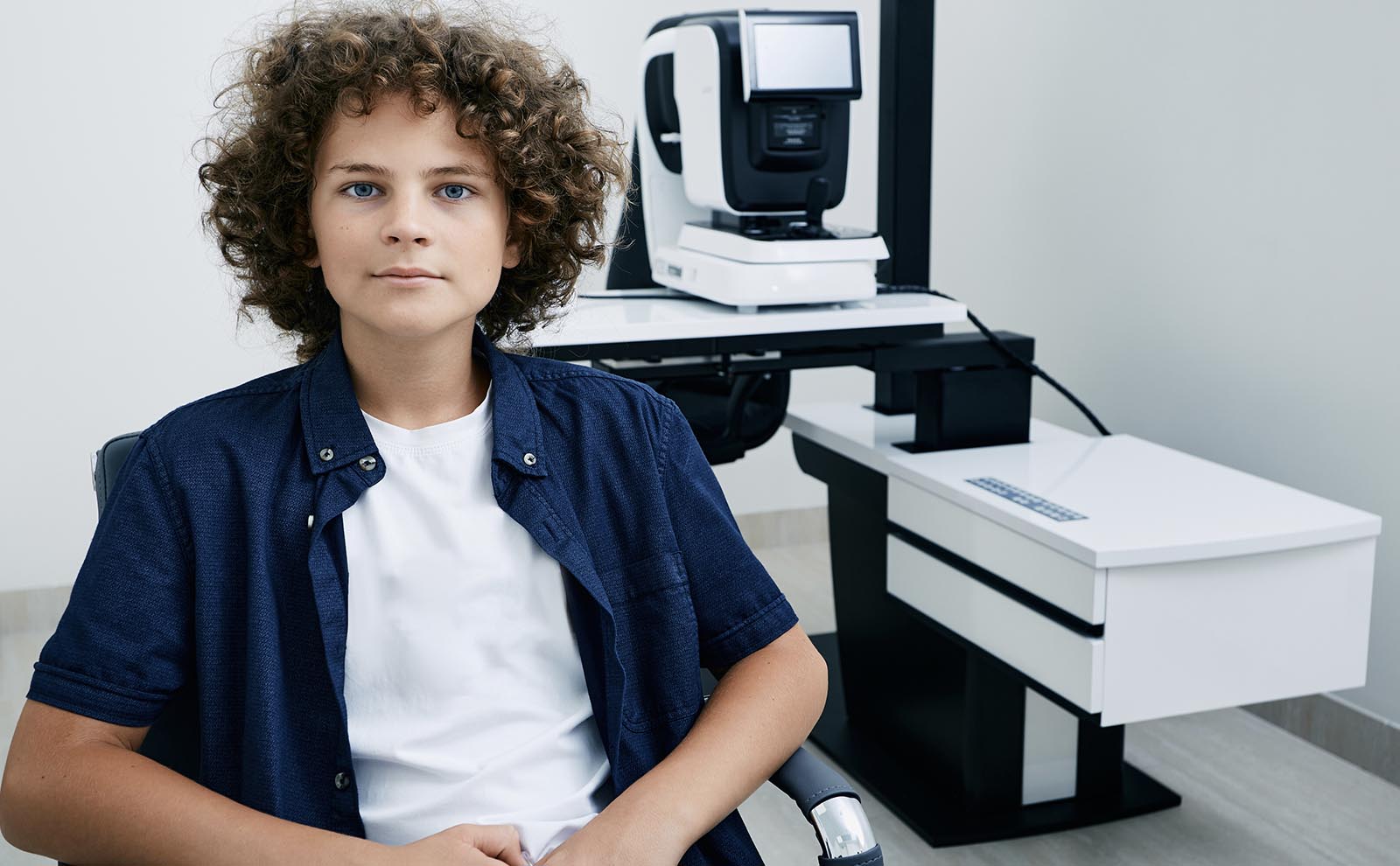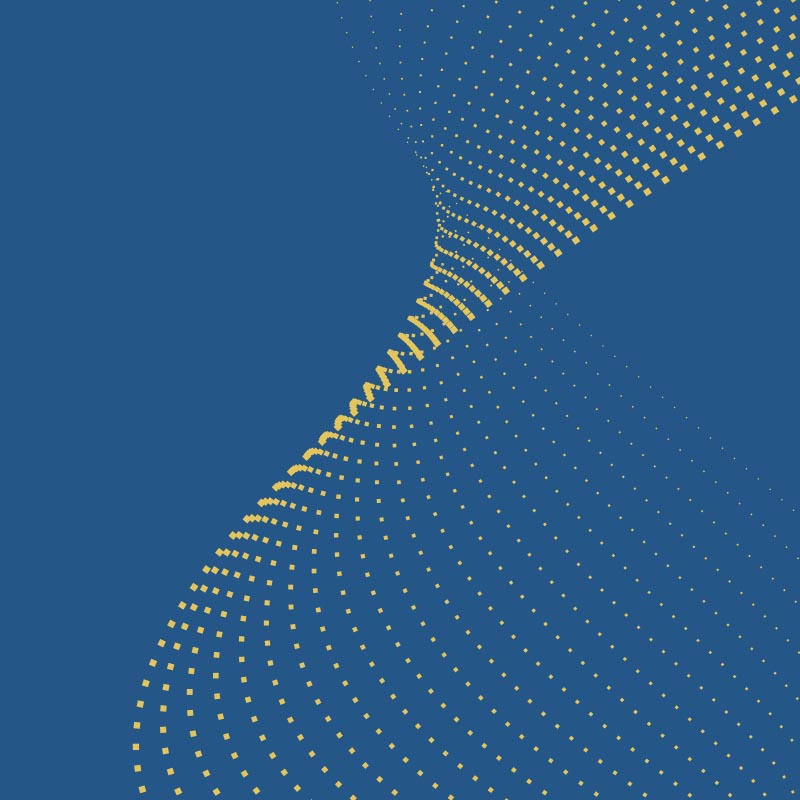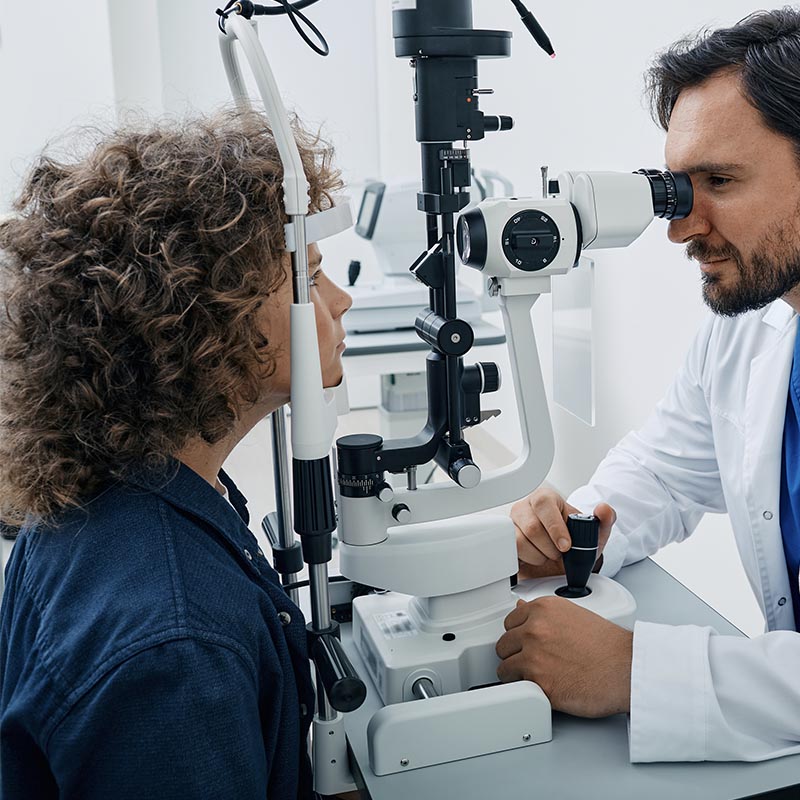When the eyes and brain don’t work together, reading problems, poor attention, and daily struggles can result. At Rocky Mountain University Eye Institute, our vision therapy and binocular vision services are designed to identify and treat these hidden visual challenges so you or your child can see more clearly, learn more efficiently, and live more confidently.
Vision Therapy & Binocular Vision
Rebuild Focus. Strengthen Vision. Unlock Potential.



Introduction to Vision Therapy & Binocular Vision
-
Helps improve reading, attention, and visual coordination
-
Customized therapy for conditions like lazy eye, crossed eyes, and eye teaming issues
-
Specialized treatment for both children and adults
-
Serving patients across Provo, Orem, Lehi, Springville, and nearby areas
How Vision Therapy Works
Training the Brain to See Better
Vision therapy is more than eye exercises—it’s a customized, non-surgical treatment that strengthens how the eyes work together and process information. We start with an in-depth evaluation to assess visual skills like tracking, focusing, eye teaming, and visual perception. Based on your unique needs, we create a therapy plan that includes in-office sessions and at-home exercises to improve reading fluency, attention span, and visual comfort.
Who Can Benefit from Vision Therapy?
Signs You or Your Child May Need Help
Vision therapy is ideal for patients of all ages who experience:
-
Reading difficulties like skipping words or losing place
-
Frequent headaches, eye strain, or double vision
-
Trouble focusing or paying attention to near tasks
-
Poor depth perception or hand-eye coordination
-
Diagnosed conditions like amblyopia (lazy eye), strabismus (eye turn), or convergence insufficiency
If learning is a daily struggle, vision—not intelligence—might be the missing piece.
Transformative Results from Vision Therapy
Small Exercises. Big Breakthroughs.
With consistent treatment, patients often experience major improvements: better reading speed and comprehension, longer attention spans, and more confidence in both academic and daily activities. Children may even enjoy their therapy—our sessions include interactive activities, real-life tasks, and games designed to engage while building skills. While it’s not a cure-all for every learning issue, addressing visual barriers can be a crucial step forward.
Frequently Asked Questions
What is vision therapy and how does it work?
Vision therapy is a non-surgical treatment program that improves how the eyes move, focus, and work together. It includes customized eye exercises and activities designed to train the brain and visual system to work more efficiently.
What conditions can vision therapy treat?
Vision therapy can help with amblyopia (lazy eye), strabismus (eye turn), convergence insufficiency, tracking and focusing problems, visual processing disorders, and post-concussion visual issues.
How do I know if my child needs vision therapy?
If your child has trouble reading, skips lines avoids schoolwork, has the poor attention span, or complains of eye strain or double vision, a visual skills evaluation can determine if therapy would help.
What’s the difference between vision therapy and glasses?
Glasses correct refractive errors like nearsightedness or farsightedness. Vision therapy addresses how the eyes work together—focusing, tracking, and teaming—which glasses alone can’t fix.
Is vision therapy just for children?
Not at all. Adults can benefit from vision therapy too—especially those experiencing symptoms from eye strain, digital fatigue, or visual complications from trauma or neurological issues.
How long does vision therapy take to see results?
Every case is different, but many patients start to notice improvement within a few weeks. Programs typically last several months, depending on the condition and consistency with both in-office and at-home therapy.

